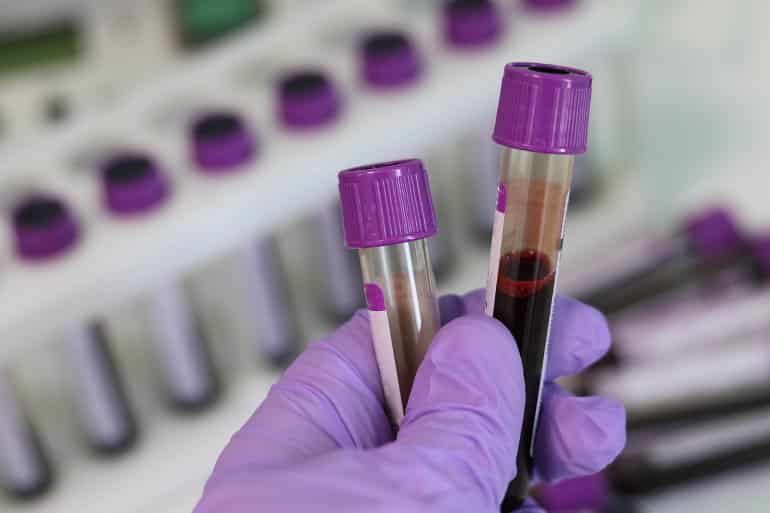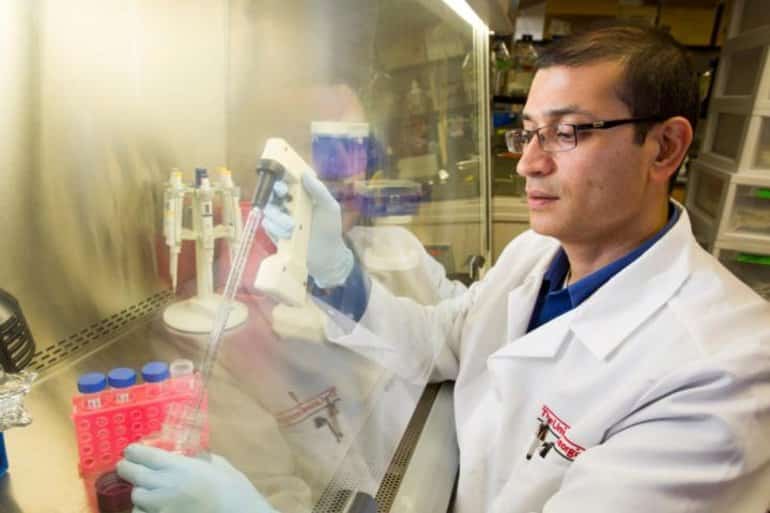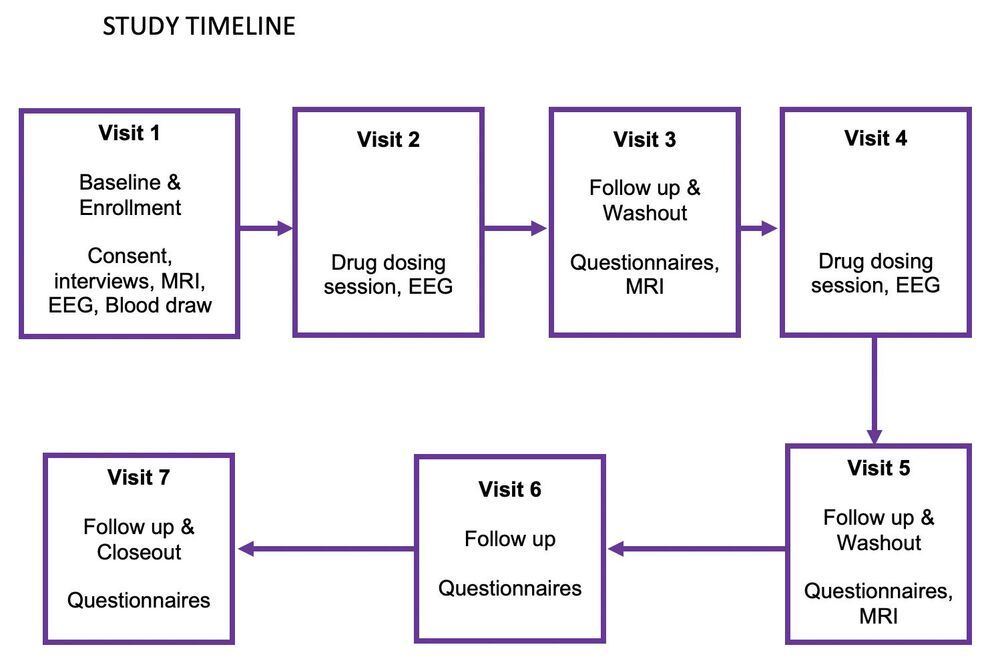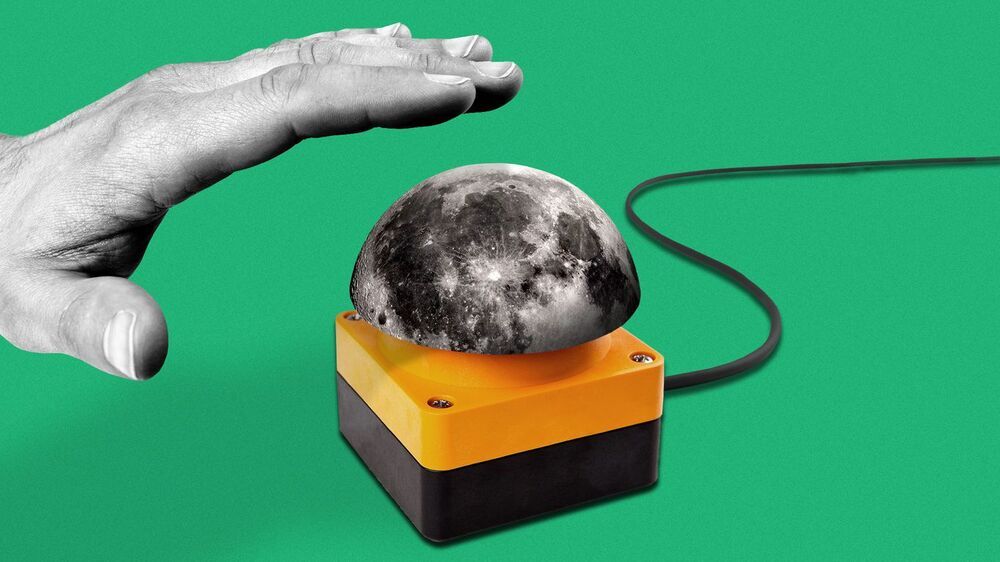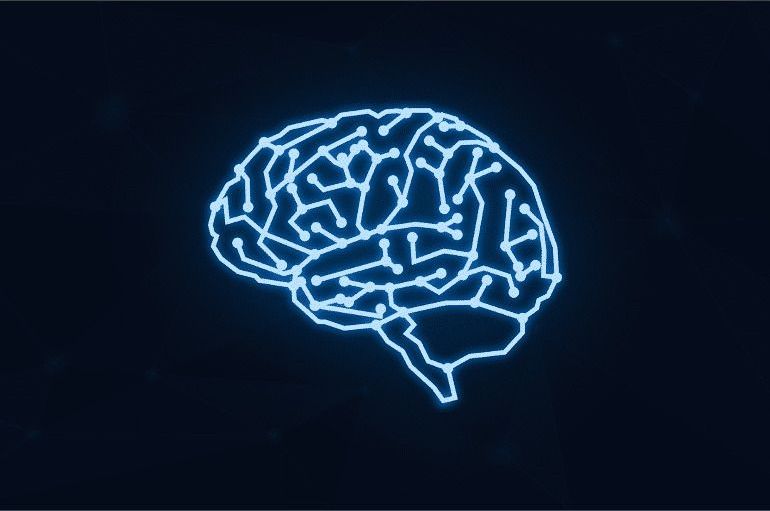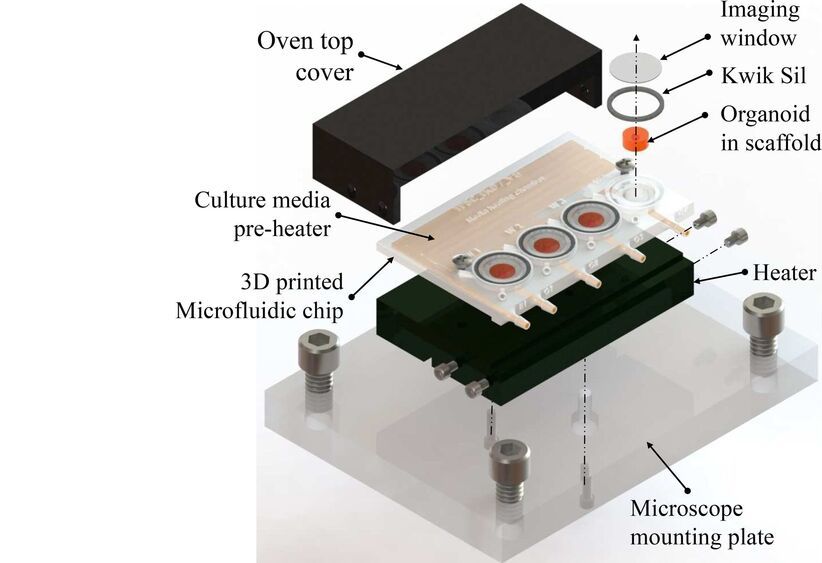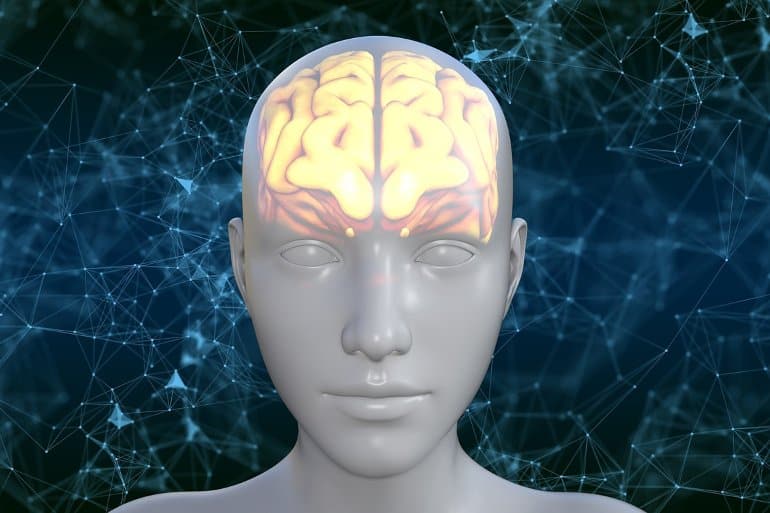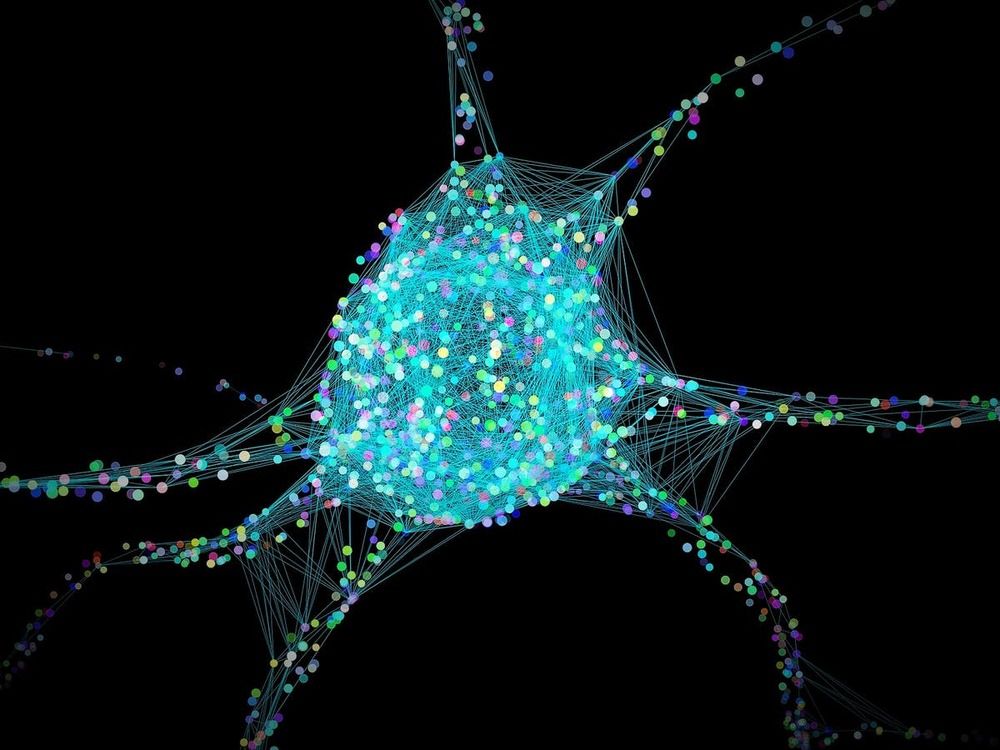There has not been enough progress in our understanding of the basic mechanisms underlying psychosis. Studying psychotic disorders in animal models is difficult because the diagnosis relies on self-reported symptoms that can only be assessed in humans. Schmack et al. developed a paradigm to probe and rigorously measure experimentally controlled hallucinations in rodents (see the Perspective by Matamales). Using dopamine-sensor measurements and circuit and pharmacological manipulations, they demonstrated a brain circuit link between excessive dopamine and hallucination-like experience. This could potentially be useful as a translational model of common psychotic symptoms described in various psychiatric disorders. It may also help in the development of new therapeutic approaches based on anatomically selective modulation of dopamine function.
Science, this issue p. see also p. [33][2]
### INTRODUCTION

